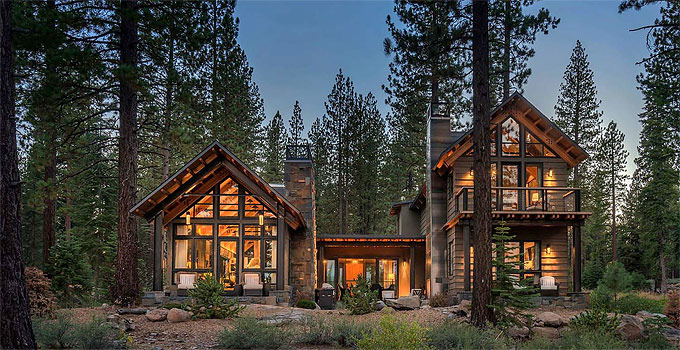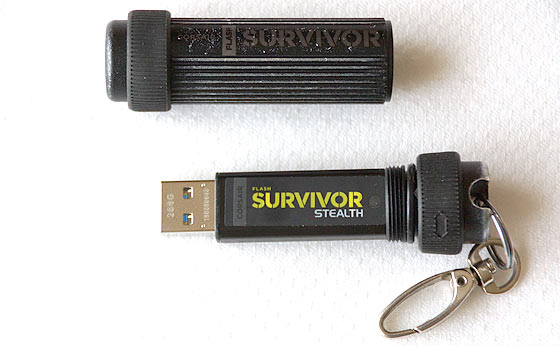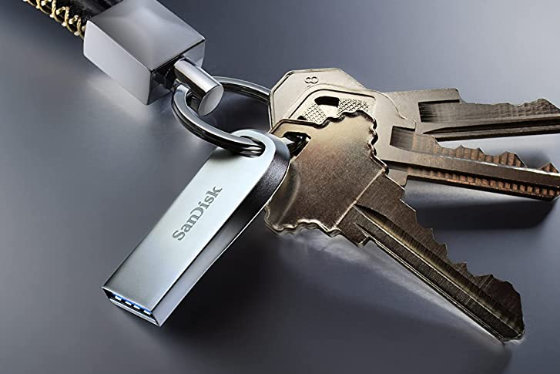Homeowners Insurance Video Inventory – Do It Before You Need It!

Homeowners Insurance; it’s not just about paying your premiums for ‘just in case’… What if you actually needed to call on your insurance company for a claim of loss? Do you have a homeowners insurance inventory of everything? (They’re going to ask). A video inventory makes it easy (easier).
Worst case, what if you lose your home in a house fire or other major disaster? When your insurance company asks for a list of what you lost, how will you possibly be able to remember everything inside the home? You’ll never remember it all! Especially during the time frame immediately following the disaster, you may not be thinking too clearly.
Proof of Contents /Belongings For Your Homeowners Insurance
The best way to be sure that your homeowners insurance will pay for your lost items (up to whatever limits you have), is to have proof of contents and belongings.
The most tedious method is to document and inventory all of the items in a list (paper or computer record). Keep it off-site somewhere – not in your home, or in a fireproof safe, or maybe a digital file in the cloud. Or on a USB thumb-drive hanging on your keychain.
Most people won’t bother with taking the time to physically list a homeowners insurance inventory. However a very simple method is to video everything that’s in your home.
Video Inventory of What’s In Your Home
This is so easy to do, that there should be no excuse not to video inventory everything – once you have read this post. Nearly everyone has a smart phone. Use it to selectively capture a video record of home contents.
Similarly you might just take digital pictures for an inventory record.
Be very methodical about the video or picture taking process so there will be no question regarding your insurance claim and homeowners inventory.
One room at a time, capture video – pan the entire room, s-l-o-w-l-y. Then, open the closets and do the same. Perhaps the contents in drawers, at least what you may consider valuable for a claim.
Look everywhere. Think about everything of value. You will not miss anything so long as you systematically go through each room and every space in the room.
Don’t forget the basement, attic, or garage where you may have stored items of value that may want as part of a homeowners insurance claim – should you ever need to…
You will be surprised at the number of items, things, belongings, that you have tucked away here and there. Many of them will have tangible value (it all adds up). There may be items that you have forgotten about too.
Tip: After capturing video or photos, it’s even better to document a list of those items. Start with highest value first. Enter a value too. The more data the better.
But then where do you keep all that proof?
Where To Keep Inventory Records For Homeowners Insurance Inventory
When you’re done with documenting (video and/or pictures, and/or other documentation), secure the inventory list from potential damage or loss.
If you’re keeping these files on a USB flash drive, don’t keep it in your desk drawer at home. If your home burns down or is damaged/destroyed in some way, you’ll lose it!
Maybe instead, you might keep it on your keychain.
A particular USB flash drive that I’ve had on my keychain for years has held up well. It’s the Corsair Survivor Stealth. The 264GB is overkill for such an inventory, but I also keep other stuff on it too.

Corsair Flash Survivor Stealth 256GB USB 3.0
(view on amzn)
Here’s a SanDisk keychain flash drive that’s very popular today:
SanDisk 256GB Ultra Luxe USB 3.1

Anyway, the message here is how simple it is with today’s cell phones – to video capture a home inventory for your homeowners insurance. Or simply take pictures of your home’s contents, in case you need proof later on, after a disaster – and insurance claim. I do it every so often – a video capture update of what I have. I recently did it again, which inspired me to republish this.
TIP: READ YOUR HOWEOWNERS INSURANCE POLICY. Understand what they cover, and what they won’t cover… There may be limits too. Don’t be caught off-guard.
[ Read: The Corsair Stealth Survivor USB Flash Drive Key-chain Backup ]
